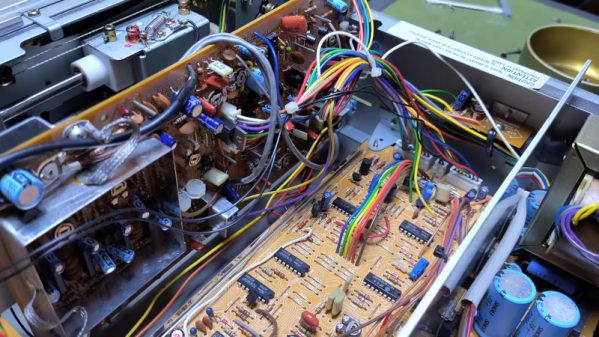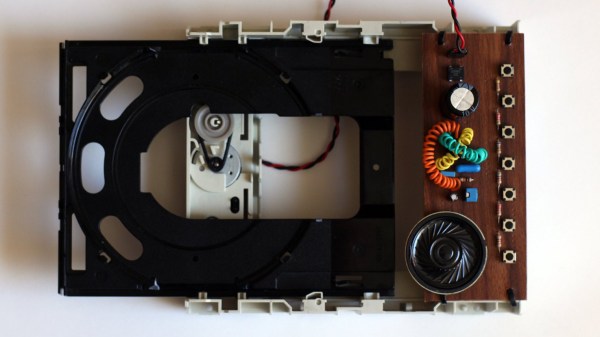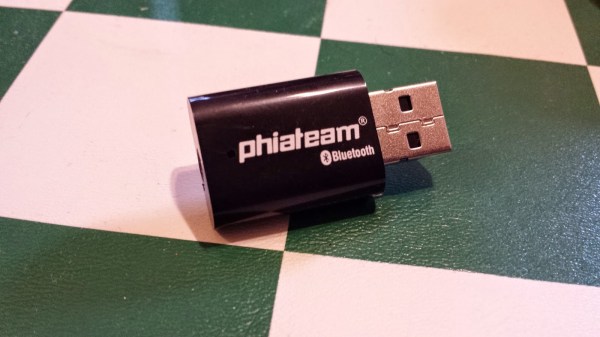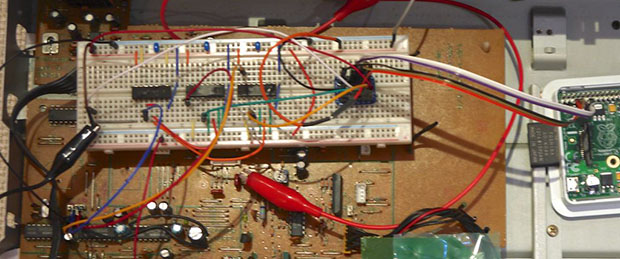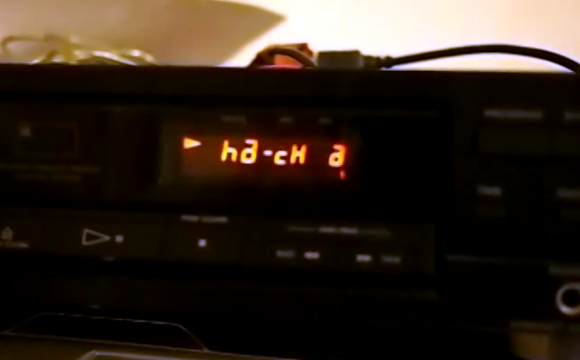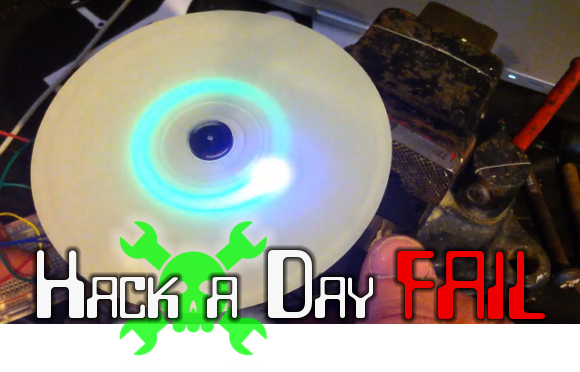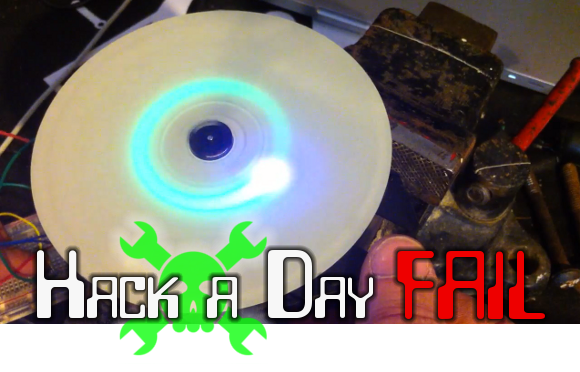While CD players are nothing new today, they were the height of high-tech in the early 1980s. [w1ngsfly] shows us the inside of a Phase Linear 9500 player from 1983. Not only does it have many components, but it is also mechanically unusual.
The CD loads into a toaster-like slot and even pops out like a piece of toast. The tracking mechanism is quite complex, and there’s something that looks suspiciously like a dial string from an old slide rule tuner radio. Apparently, the unit was made by Kyocera and is internally similar to a Kyocera DA-01.
There’s a “head position” indicator that is actually just an LED connected to the tracking mechanism. The front panel controls look great but also allow you to control the head position exactly. As [w1ngsfly] mentions, it is almost like moving a turntable’s tonearm where you can drop it anywhere you want.
If we recall, they were about $600 to $1,000 new. If Phase Linear doesn’t ring a bell, they were well known in their day. Founded by [Bob Carver] and [Steve Johnston], the company was bought by Pioneer before the introduction and, later, by Jensen before the introduction of the 9500. [Bob] would go on to found Carver Corporation. You can find plenty of history about the company online.
We’ve seen CD players that look older. These days, CD drives are cheap and they are easy enough to control.

